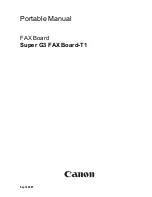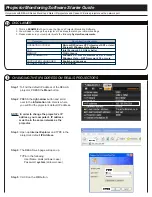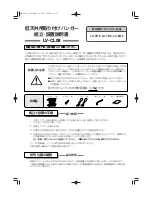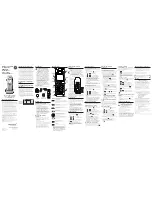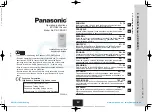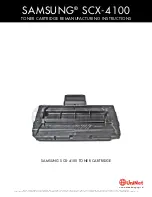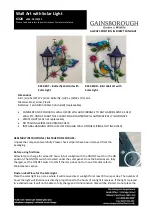
USER MANUAL
STM 550X / EMSIX
–
ENOCEAN MULTI-SENSOR
© 2020 EnOcean | www.enocean.com F-710-017, V1.0
STM 550x / EMSIx User Manual | v1.0 | February 2020 | Page 78/79
9.5
Magnet contact sensing
If STM 550x is used to detect the presence of a magnet using its magnet contact sensor (e.g.
for door or window monitoring), then the magnet has to be in close proximity to the STM
550x
magnet contact sensor for the case where a “Magnet Present” (or “Closed”) condition
shall be detected. Refer to Figure 2 and Figure 3 for the location of the sensor.
Attach the magnet to the intended surface (e.g. door or window) such that the centre of the
large side of the magnet is oriented towards the location of the magnet contact sensor in
STM 550x and that the distance between magnet and STM 550x housing is less than 1 cm
for the “Magnet Present” condition
. Verify that the state (e.g. door open or closed) is reported
as expected.
9.6
Energy harvesting
STM 550x is powered by ambient light using its integrated solar cell. For best performance it
is therefore essential to maximize the amount of light available for harvesting.
Harvestable light will typically be either natural light (daylight coming in through windows
etc) or artificial light (direct or reflected light from indoor luminaires). If natural light is avail-
able (e.g. from a window) then the solar cell of STM 550x should be oriented as much as
possible towards that.
STM 550x is designed to operate self-supplied with its standard parameters based on 200
lux of illumination at its solar cell for at least 6 hours per day. The exact amount of available
light can be determined by executing an illumination test as described in chapter 2.3.5.
Lower levels of available light can be addressed by configuring a lower reporting rate via NFC
as discussed in chapter 2.4.1. If the available light is insufficient, then STM 550x offers the
option for a CR1632 backup battery as described in chapter 2.2.
9.7
NFC configuration
STM 550x can be flexibly configured for a wide range of application scenarios using the NFC
configuration interface as described in chapters 7 and 8.
Before making any configuration changes, be sure to familiarize yourself with the device
functionality and determine the energy constraints based on the available ambient light as
discussed in chapter 2.4.1. Be especially careful not to configure higher update rates (low
reporting intervals) before ensuring that sufficient light is available.
Should you be unsure about the current NFC configuration, then execute a factory reset as
described in chapter 2.3.5 to reset all configuration registers to their default setting.
After completing the NFC configuration and ensuring that all functionality works as required,
it is recommended to lock the NFC configuration interface by changing the NFC PIN code from
its default value to a different (secret) value. Make sure the new PIN code is properly noted
down.

















